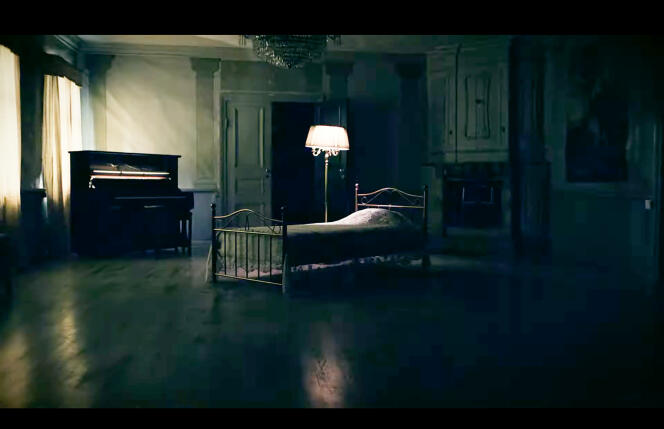LETTER FROM STOCKHOLM
“Would you dare to spend a night alone, in an unknown place, unable to escape, exposed to your greatest fears? » The challenge was launched on September 13 by the Swedish amusement park Liseberg in Gothenburg. To emphasize the seriousness of this offer, a short video clip has been posted online, composed of images inspired by the great classics of horror cinema: bloody hands, demonic laughter, blade slicing a piece of meat.
Before the deadline, September 25, one thousand five hundred volunteers, of all ages and from all over the world, had submitted their applications. Conditions to participate: be over 18, like thrills and be available to travel to Sweden on October 11, the date on which the Peak Fear Experiment will be held, conducted in collaboration with the Recreational Fear Lab, a research institute on recreational fear from the University of Aarhus, Denmark.
Details surrounding the event have been kept secret. And for good reason : “Not knowing what will happen is also part of the experience,” explains Marten Westlund, communications director at Liseberg. During tests carried out in the queue of a haunted house in Denmark, Danish researchers noticed that visitors’ hearts were already racing. “People seem to systematically overestimate how scary an experience is going to be. And, when they discover that it wasn’t as bad, they get some relief and pleasure from it. notes Mathias Clasen, co-director of the laboratory.
A key word to stop the experience
Marten Westlund, however, reveals that “less than five volunteers” will be exposed to their worst fears for one night. Among these, four come up regularly: the worry of not knowing what will happen, the fear of heights, the fear of isolation and the phobia of clowns. Volunteers will be equipped with different measuring devices, allowing scientists to collect data.
To be sure not to go too far, each candidate will choose a key word that they can say if they want to stop everything and a doctor will supervise the experiment. The goal is to discover the optimal point between pleasure and terror. The Aarhus researchers, who named it the “sensitive point of fear”, demonstrated, in a study published in November 2020 in the journal Psychological Science, that “the relationship between fear and pleasure was not linear, but rather in the shape of an inverted “U”, explains Mathias Clasen. To be entertaining, the scare must not be too intense, otherwise it becomes unpleasant.
You have 51.73% of this article left to read. The rest is reserved for subscribers.
